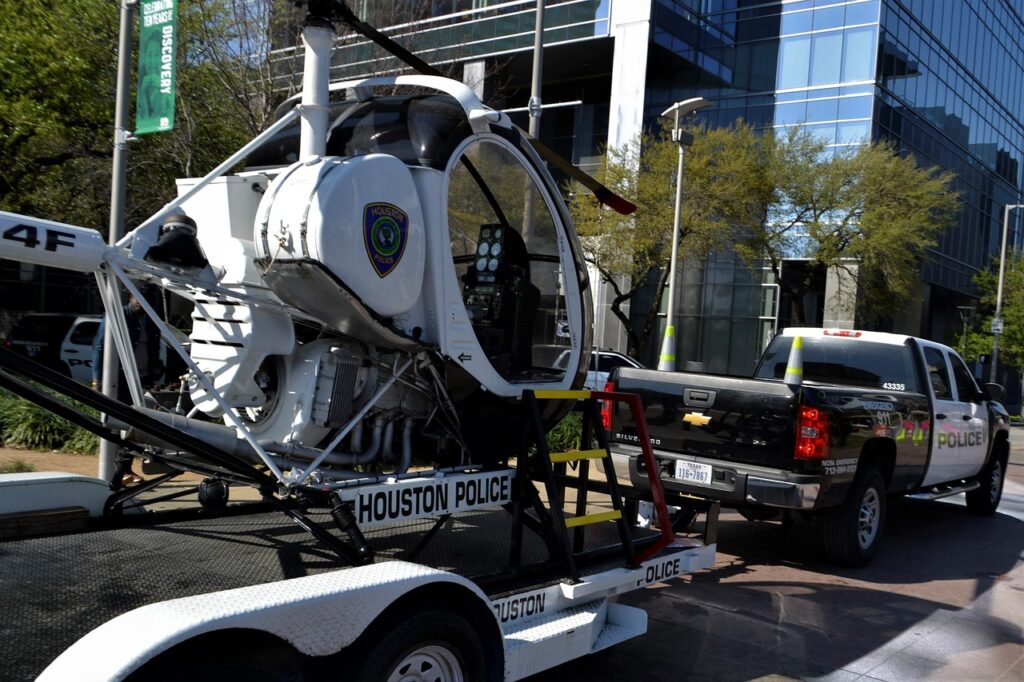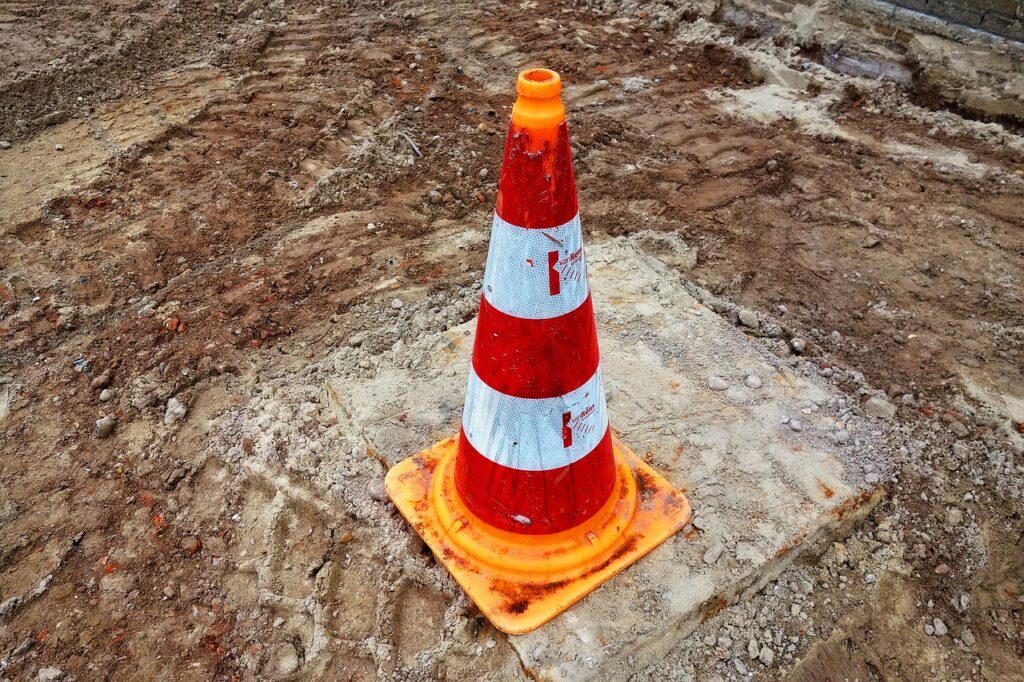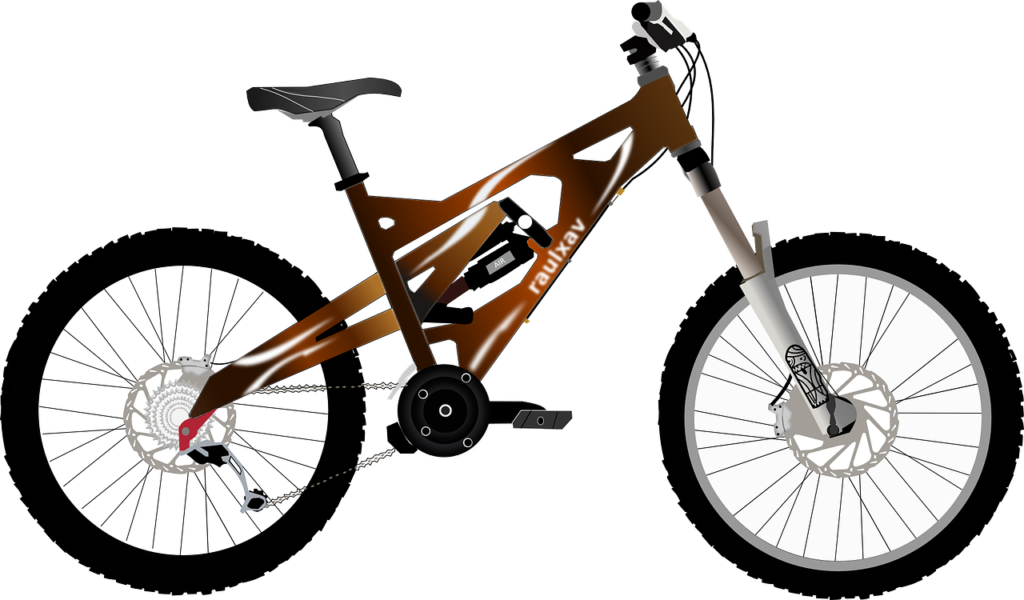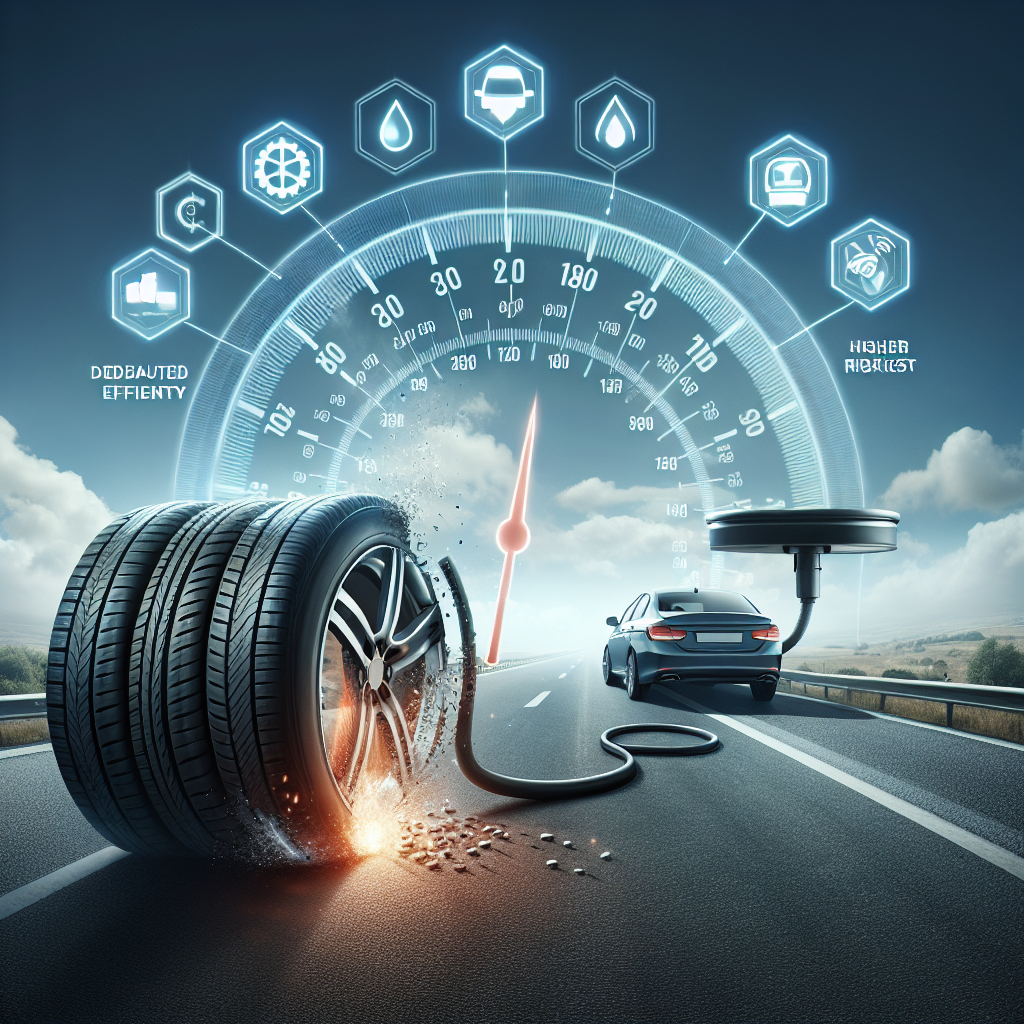Imagine cruising down the open road, wind blowing through your hair, and a feeling of freedom washing over you. But what if I told you that this idyllic scene could be at risk just because of one simple thing: underinflated tires. Yes, that’s right. Believe it or not, those seemingly harmless deflated tires can pose a real danger to both you and your car. From decreased fuel efficiency to potential blowouts, underinflated tires can turn your joyous journey into a nightmare. So, buckle up and prepare for a sobering ride as we explore the hidden hazards of underinflated tires.
Reduced Fuel Efficiency
Underinflated tires can have a significant impact on your fuel efficiency. When your tires are not properly inflated, it increases rolling resistance, making it more difficult for your vehicle to move forward. This means that your engine has to work harder and consume more fuel to maintain the same speed. As a result, you may notice a decrease in your vehicle’s fuel efficiency and find yourself making more frequent trips to the gas station.
Increased Rolling Resistance
Rolling resistance refers to the force required to roll your tires along the road. When your tires are underinflated, the contact area between the tire and the road increases. This increased contact area means that more friction is created, leading to higher rolling resistance. Consequently, your engine has to exert more effort to overcome this resistance, resulting in reduced fuel efficiency.
Decreased Mileage
Due to the increased rolling resistance caused by underinflated tires, you may experience decreased mileage. Your vehicle will require more energy to cover the same distance, ultimately reducing the number of miles you can travel on a full tank of gas. This not only affects your wallet but also increases your carbon footprint as you burn more fuel to go the same distance.
Additional Engine Strain
Underinflated tires can put additional strain on your engine. As the engine works harder to overcome the increased rolling resistance, it can lead to overheating and premature wear. Over time, this can result in engine damage and the need for costly repairs. By maintaining proper tire inflation, you can alleviate this strain on your engine and prolong its lifespan.
Tire Wear and Damage
Underinflated tires can cause significant wear and damage, impacting both the performance and longevity of your tires. It is important to address this issue promptly to avoid costly tire replacements.
Uneven Tread Wear
When your tires are underinflated, the weight of your vehicle is not distributed evenly across the tread surface. This leads to uneven wear, with certain areas of the tire experiencing more friction and abrasion than others. Over time, this can cause the tread to wear down unevenly, resulting in a loss of traction and compromised handling.
Increased Heat Build-Up
Underinflated tires generate more heat due to increased rolling resistance. The excess heat can cause the tire’s internal components, such as the belts and rubber compounds, to degrade and weaken. This can lead to tire failure and even blowouts, posing a serious safety risk.
Reduced Tire Lifespan
With underinflated tires, the tread wears down more rapidly and unevenly, shortening the lifespan of your tires. Additionally, the increased heat build-up further accelerates tire deterioration. By consistently maintaining the proper tire pressure, you can ensure that your tires wear evenly and last longer, saving you money in the long run.

Reduced Vehicle Handling
Underinflated tires can negatively impact your vehicle’s handling, compromising its stability and maneuverability. Proper tire inflation is crucial for safe and optimal driving performance.
Poor Stability
With underinflated tires, your vehicle’s stability can be compromised. The lack of sufficient air pressure causes the sidewalls of the tires to flex excessively, resulting in reduced stability during cornering and lane changes. This can be particularly dangerous at higher speeds and when navigating sharp turns.
Longer Braking Distance
Underinflated tires require a longer distance to come to a complete stop compared to properly inflated tires. This increased braking distance can be a critical factor in emergency situations where every inch counts. It is essential to maintain proper tire inflation to ensure your vehicle can stop safely and efficiently.
Reduced Cornering Ability
Proper tire inflation ensures optimum grip and traction during cornering. However, underinflated tires have a reduced contact patch with the road surface, limiting the tire’s ability to transfer lateral forces and compromising cornering ability. This can lead to reduced control and potentially dangerous situations, particularly during sudden maneuvers or in inclement weather conditions.
Increased Risk of Blowouts
Underinflated tires are more prone to blowouts, which can be extremely hazardous, especially when driving at high speeds. Blowouts can cause loss of control, vehicle damage, and even lead to accidents with severe consequences.
Overheating and Wear
Underinflated tires experience increased heat build-up due to the higher rolling resistance. This excess heat can cause the tire’s internal structure to weaken, leading to overheating and potential tire failure. Blowouts often occur when the sidewall of an underinflated tire fails under the stress of high-speed driving.
Structural Weakness
The excessive flexing of the tire’s sidewalls caused by underinflation can lead to structural weak points. Over time, this weakens the tire’s overall structure and reduces its ability to handle high loads and external stresses. The weakened tire is more susceptible to sudden failure, increasing the risk of blowouts.
Increased Vulnerability to Road Hazards
Underinflated tires have reduced shock-absorbing capabilities, making them more vulnerable to road hazards such as potholes, debris, and uneven surfaces. The lack of proper air pressure compromises the tire’s ability to absorb impacts, increasing the chances of damage or even a blowout when encountering road hazards. Proper inflation helps maintain the tire’s integrity and reduces the risk of tire-related accidents.

Impaired Performance in Wet Conditions
Underinflated tires pose particular risks when driving in wet conditions, such as rain or on wet roads. The reduced traction and handling capabilities can significantly affect your safety on the road.
Increased Risk of Hydroplaning
Underinflated tires have a smaller contact patch with the road surface, reducing their ability to channel water away effectively. This increases the risk of hydroplaning, where the tires lose contact with the road due to a layer of water. Hydroplaning can result in a loss of control over the vehicle, putting you and others at great risk.
Poor Traction
In wet conditions, traction is vital for safe driving. Underinflated tires have compromised traction due to the reduced contact area with the road surface. This diminishes their ability to grip the road adequately, leading to longer braking distances and reduced control when accelerating or navigating turns.
Increased Braking Distance
Underinflated tires require a longer distance to come to a stop, and this effect is magnified in wet conditions where the road surface is already compromised. Insufficient tire pressure reduces the tire’s ability to maintain grip, resulting in an increased stopping distance. This can be particularly dangerous in emergency braking situations or when encountering unexpected obstacles.
Increased Chance of Tire Deflation
Underinflated tires are more prone to deflation, which can lead to sudden loss of control and accidents on the road. It is essential to regularly monitor and maintain proper tire pressure to prevent these risks.
Greater Susceptibility to Punctures
Underinflated tires have a higher susceptibility to punctures and damage from sharp objects on the road. The lack of proper air pressure leaves the tire vulnerable, as it cannot provide sufficient resistance against sharp objects, increasing the likelihood of a puncture and the potential for a blown tire.
Reduced Reinforcement and Rubber Flexibility
Underinflation causes the tire’s internal components, such as the sidewalls and reinforcement plies, to be less rigid and flexible. This reduces their ability to handle external stresses and absorb impacts effectively, making the tire more prone to damage and deflation.
Limited Ability to Absorb Impacts
Properly inflated tires have the ability to absorb and distribute impact forces caused by road irregularities. However, underinflated tires lack the necessary air pressure to provide this shock-absorbing ability. As a result, the tire and the vehicle’s suspension system must absorb more of the impact, leading to a harsher and less comfortable ride. Additionally, the increased stress on the tire can lead to premature wear, further compromising its lifespan.

Negative Effects on Suspension System
Underinflated tires can negatively impact your vehicle’s suspension system, which plays a crucial role in providing a smooth and comfortable ride. Ignoring proper tire pressure can lead to increased stress and wear on your suspension components.
Increased Stress and Wear
Underinflated tires put additional stress on your suspension system. The lack of proper air pressure causes the tires to absorb more of the impacts from bumps and road irregularities. This increased stress can lead to premature wear and potential damage to components such as springs, shocks, and struts, requiring costly repairs.
Damaged Shock Absorbers
Underinflated tires cannot effectively absorb and dampen the shocks and vibrations from the road. This places excessive strain on your vehicle’s shock absorbers. Over time, the constant pounding can cause the shocks to wear out more quickly, affecting their ability to provide a comfortable ride and compromising your vehicle’s overall handling and stability.
Reduced Ride Comfort
Properly inflated tires contribute to a smooth and comfortable ride by absorbing and dampening road vibrations. With underinflated tires, the loss of air pressure reduces the tire’s ability to provide this cushioning effect. As a result, you may experience a harsher and less comfortable ride, feeling more bumps and vibrations from the road surface.
Environmental Impact
Underinflated tires not only have negative effects on your vehicle’s performance and safety but also contribute to environmental issues. Awareness and proactive maintenance can help mitigate these harmful impacts.
Increased Carbon Emissions
Underinflated tires lead to reduced fuel efficiency, as mentioned earlier in this article. This means your vehicle consumes more fuel to travel the same distance. The excess fuel consumption results in increased carbon emissions, contributing to air pollution and climate change.
Increased Tire Waste
Underinflated tires wear down more quickly and unevenly, shortening their lifespan. As a result, you may need to replace your tires more frequently, leading to increased tire waste and improper disposal. Proper tire maintenance, including regular inflation, can help extend the life of your tires and reduce unnecessary waste.
Lower Fuel Efficiency
Underinflated tires increase rolling resistance, requiring your engine to work harder and consume more fuel. The reduced fuel efficiency not only leads to more frequent refueling but also contributes to higher fuel consumption overall. By maintaining proper tire pressure, you can maximize your vehicle’s fuel efficiency, reducing your environmental impact.

Increased Risk of Accidents
Underinflated tires can significantly increase the risk of accidents on the road. It is crucial to prioritize tire maintenance to ensure your safety and the safety of others.
Reduced Vehicle Stability
Underinflated tires compromise the stability of your vehicle, making it more difficult to control and maneuver. This lack of stability can result in swerving, veering, or fishtailing, all of which increase the chances of an accident, particularly in high-speed or emergency situations.
Longer Stopping Distance
Underinflated tires require a longer distance to come to a complete stop, reducing your ability to react and avoid collisions. In situations where split-second decisions can mean the difference between safety and disaster, an extended stopping distance can be a critical factor.
Higher Likelihood of Skidding
Underinflated tires decrease your vehicle’s traction with the road surface, particularly in wet or slippery conditions. This increases the chances of skidding or losing control of your vehicle when braking or maneuvering, putting yourself, your passengers, and others on the road at risk.
Legal Consequences
Neglecting proper tire maintenance, including maintaining adequate tire pressure, can have legal consequences. It is important to be aware of the potential legal implications that can arise from driving with underinflated tires.
Fines and Penalties
Many jurisdictions have laws and regulations regarding vehicle maintenance, including tire pressure. If you are caught driving with underinflated tires, you may face fines and penalties. These fines can vary depending on the severity of the violation and your jurisdiction.
Invalidated Insurance Claims
In the event of an accident, insurance companies may investigate the cause and contributing factors. If it is determined that underinflated tires played a role in the accident, your insurance claim may be denied or reduced. It is essential to maintain proper tire pressure to ensure your insurance coverage remains valid.
Potential Legal Liability
Negligence in maintaining proper tire pressure can potentially make you legally liable for damages or injuries resulting from an accident. If it is determined that underinflated tires contributed to the accident, you may be held responsible for the consequences. It is crucial to prioritize your safety and the safety of others on the road by regularly checking and maintaining the correct tire pressure.
In conclusion, the dangers of underinflated tires are significant and can impact various aspects of your vehicle’s performance, safety, and the environment. From reduced fuel efficiency and increased tire wear to impaired vehicle handling and an increased risk of accidents, neglecting proper tire pressure can have serious consequences. It is crucial to regularly check and maintain the correct tire inflation to ensure your safety, prolong the lifespan of your tires, and minimize your environmental impact. By prioritizing tire maintenance, you can avoid the negative effects outlined in this comprehensive article and enjoy a safer and more enjoyable driving experience.


